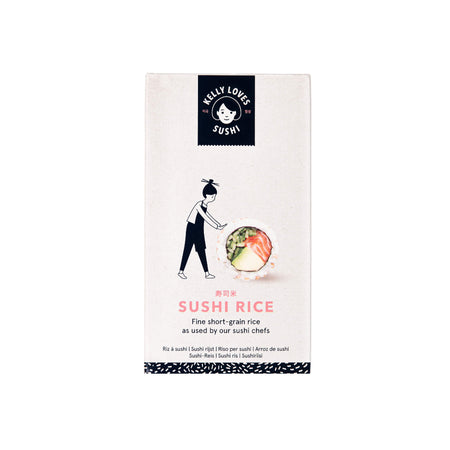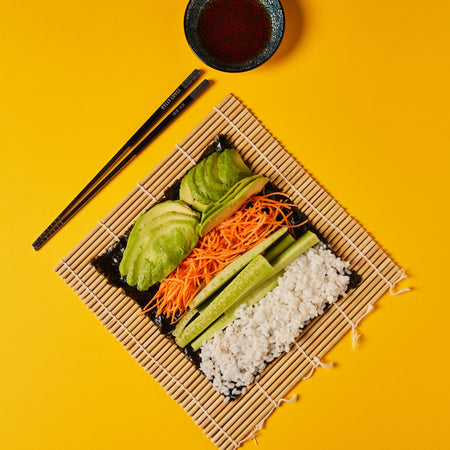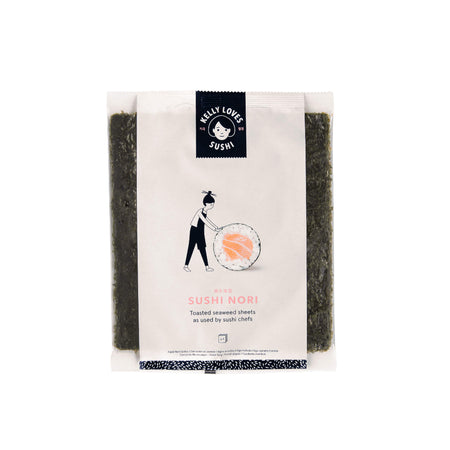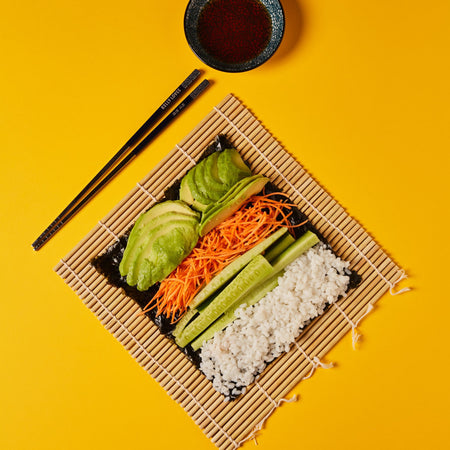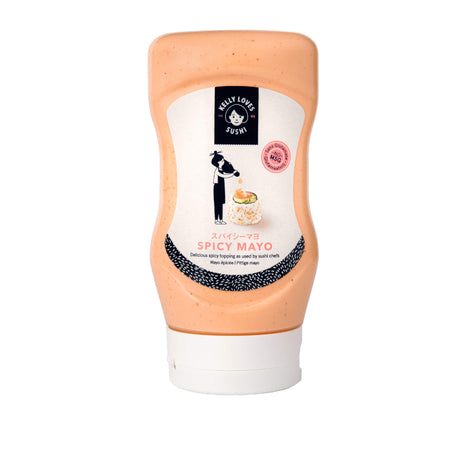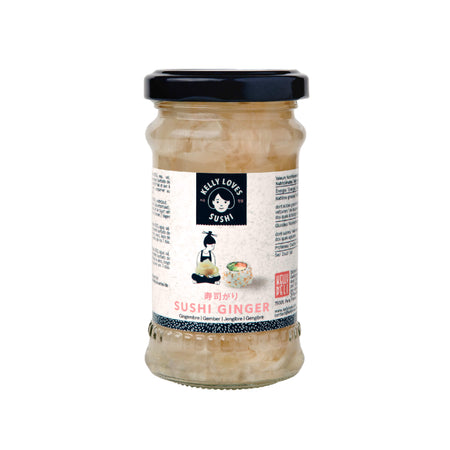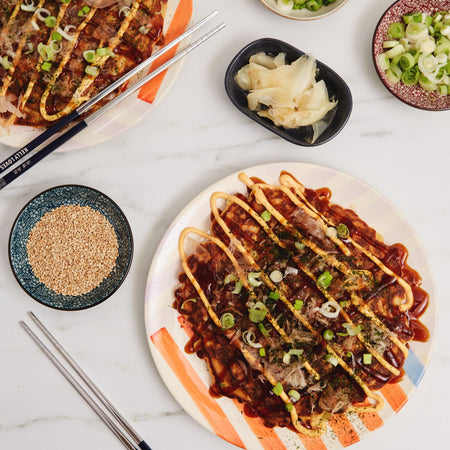Korean food culture: a brief history
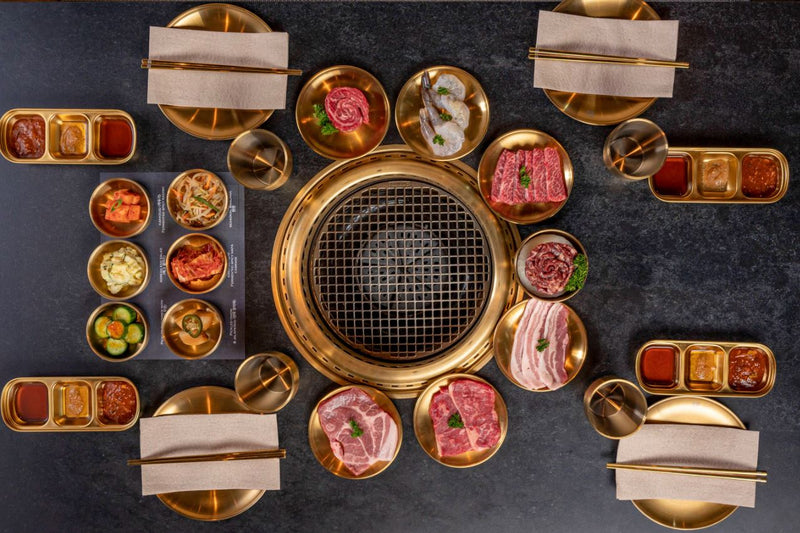
Korean food traditions
Food is medicine
Koreans understand that food is not just for nutrition but also for mental and emotional well-being. Not only do Koreans see nutritious food as a cure for some illnesses and ailments, but also as a preventative. To achieve health benefits holistically in traditional Korean foods, Koreans believe that food should be harmonious. Much like Japanese culture, there is a belief in the five elements (earth, water, fire, air and wood) and yin and yang all contributing to the presentation and taste of food. These five elements are present in five tastes (spicy, sour, bitter, sweet and salty) and five colours (red, yellow, black, white and blue).
Meals are communal
Korean culture places a lot of importance on sharing food. In Korea banchan (Korean side dishes) sharing is a feature on the table at mealtimes and so meals are naturally more communal. Banchan are lots of little side dishes spread across the table. Every Korean dining table looks like there is a party taking place — full of variation and colour. While meals are communal, it’s rude to keep going back and forth to the dishes. Take enough food each time, don’t double-dip and don’t eat directly from the serving plates.
In a restaurant in Korea, you don’t even have to order banchan, they’ll automatically bring out a selection — and it’ll always include kimchi (more on Korean kimchi culture later). Banchan includes vegetable dishes, seafood, seasoned eggs and sometimes meat. What’s more, banchan in restaurants is usually included for free and you can often simply ask for a refill! There is sometimes a communal grill in the middle of the table for grilling your own meat.
Hot and spicy food
Korean food is well-known for being hot and spicy so you’d think that chilli pepper would have been around for longer in Korea, but it was actually brought to Korea by Portuguese traders in the 17th century. Korea’s favourite chilli pepper Cheongyang (named after the region) is the hottest in Korea. Cheongyang pepper is said to have a rating of 10,000 Scoville units. Cheongyang contains more capsaicin than other chilli peppers. It is said to boost your metabolism and is also rich in vitamin C. But a little warning; don’t eat too much or it’ll give you a tummy ache. Top tip: if you aren’t overly keen on strong spice, remove the seeds to turn the heat down.
This fiery pepper is usually used in Korean dishes as a powder or made into gochujang. Spicy Korean dishes include: tteokbokki (rice cakes in chilli sauce), jjambbong (spicy seafood noodle soup) and buldak (aka ‘fire chicken’, heavily spiced BBQ chicken).
There are also numerous non-spicy dishes in Korea. These include: kimbap, bulgogi (marinated and grilled beef), japchae (sweet potato starch noodles) and pajeon (Korean pancakes with spring onions).
Dining etiquette
Korean culture is deeply ingrained in every meal and this extends to Korean dining etiquette. Take a look at some of the expectations:
Start your meal with soup
All the dishes might be spread across the table, but in Korean food culture, you must start with the soup. You can serve yourself some soup using the serving spoon in the communal bowl.
Don’t lift bowls off the table
In traditional Korean food culture, you don’t lift the bowl off the table in a formal setting.
Use polite language
In Korean food culture, you start the meal by saying: ‘jal meokkessubnida’, which means ‘I will eat well’ (complimenting the cook). When you finish the meal you place your spoon and chopsticks by the side of your plate or bowl and say: ‘jal meogeosseubnida’, which means you’ve enjoyed your meal.
Think about fellow diners
- Don’t chew noisily
- Use both hands when passing food
- Serve yourself modest amounts of food that you know you can finish
- Pour drinks for others and let them fill your drink
Tipping is not expected
Tipping is a foreign concept in Korean food culture (Koreans will probably refuse you!)
Elders are top of the hierarchy
You don’t pick up your chopsticks or spoon until the oldest person has started to eat (or at a business meal, the person with the higher job ranking). At the same time, ensure that you’re not eating too long past when the eldest/highest ranking has finished eating (it’s a fine balance!). Remember to also face away from people when you’re drinking alcohol (just turn to the side a little).
Chopsticks and spoon placement
Stainless steel spoons and metal chopsticks are common in Korea. The spoon is placed on the left and the chopsticks are placed vertically on the right.
What are the most popular Korean foods?
Kimchi
Kimchi plays a big part in Korean food culture. It is listed as a UNESCO intangible cultural heritage. Without a doubt, Korea is top of the class when it comes to the sheer choice of fermented vegetables available with over 200 different varieties of kimchi. Historically, kimchi came about as a necessity, a way to preserve food to avoid starvation during the long cold winters. Kimchi can be stored for longer due to the fermentation process, helping the vegetables to mature. The good bacteria that grows from the process adds to the health benefits of kimchi as well as tangy flavour and slightly fizzy taste.
The ritual of ‘kimjang’ is very much part of Korean identity. It is the tradition of making kimchi, whereby entire neighbourhoods or villages make vast amounts of kimchi to support those who live locally. The kimchi used to be fermented and aged in underground pots but today many families have a dedicated refrigerator.
Kimchi is so much part of Korean culture and identity that when Soyeon Yi, Korea’s first astronaut, went into space, she took specially made kimchi. In fact, the South Korean government took nearly 10 years to create the special freeze-dried kimchi to take into space. Sadly the space kimchi lost all the good bacteria in the process, but Yi maintained that it was comforting to have kimchi while in space and that eating traditional Korean food was very important to her to feel emotionally supported. Clearly, kimchi has significant cultural value, because even in space Koreans ensure that it is still available!
South Korean food
South Korea is a country with an impressive culinary culture and one which is hugely varied, from traditional and modern, to street foods and formal eating. A meal in South Korea is like a window into Korean culture, where kindness, sharing and supporting others in the local community is paramount. Popular Korean foods all have things in common: they are flavoursome and comforting. Food is designed to be good for the soul as well as the body. Although it is pleasurable to eat Korean food anywhere anyhow, there is something very special in eating Korean food how it was meant to be: shared with friends and family. The popularity of the iconic Korean BBQ as a social event, all eating and sharing around a central grill is an example of true South Korean culture.
It is clear that Koreans’ love of food extends way beyond eating for necessity, it’s about the experience and the emotional connection too. With the popularity of the K-culture, there’s an increased interest across the world in all things Korean and Korean food is a large part of it. If you haven’t tried much Korean food yet get tasting — a sensory experience awaits you. Or treat yourself to one of our Asian food gift sets.
